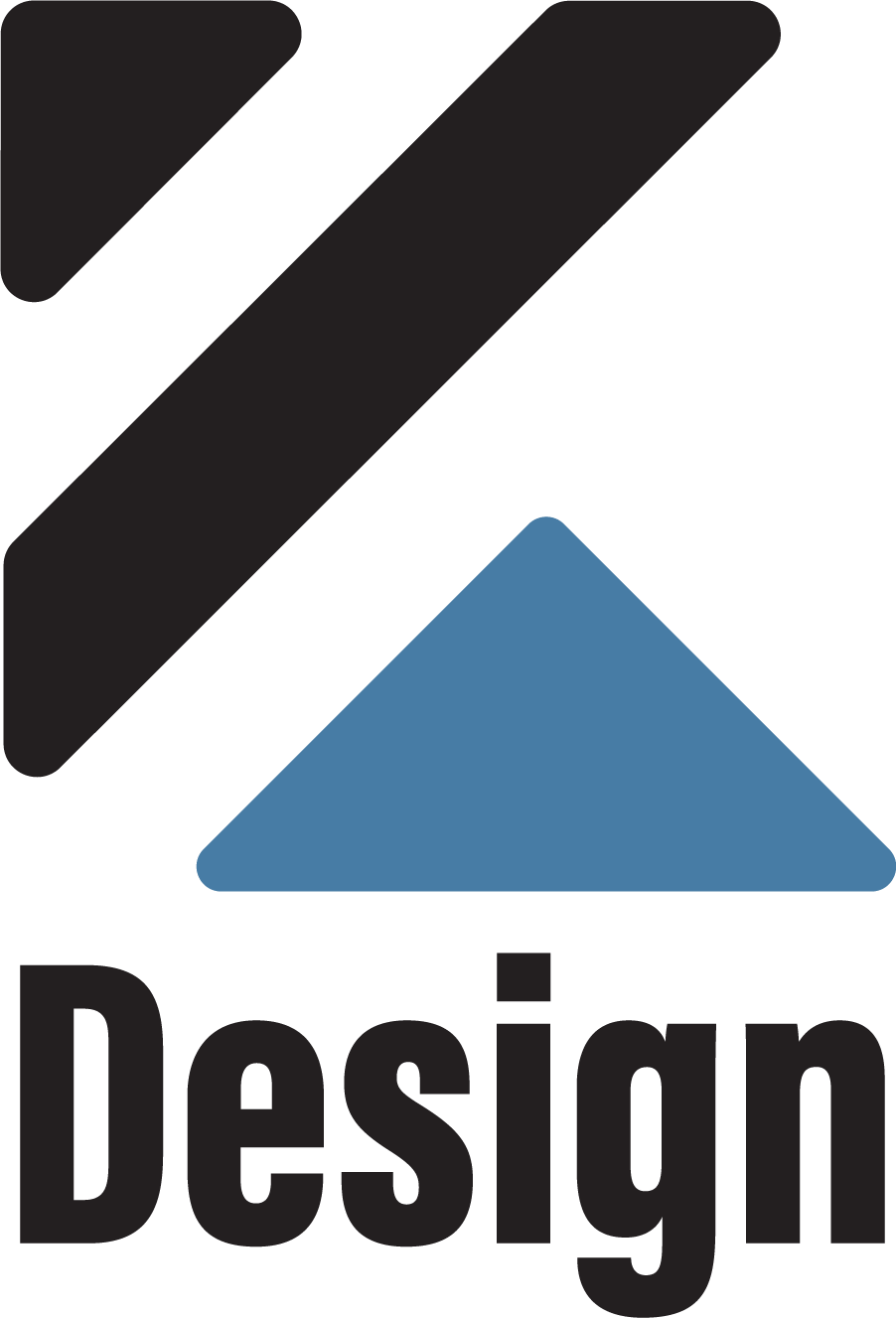Brand redesign rational
This is a rebranding project for the selected business focusing on major graphics such as: logos, colours, and iconography. Going into in-depth studies on the business itself to improve the visual language and communication.
I was the sole designer within this project working on every aspect of the brand's imagery. Reworking the website, logo, colours, Imagery and advertisement to help communicate the brand image in a more efficient, memorable and stylistic approach.
Project
Beginning the project I heavily relied on information gathered to get a grasp of the business and its culture. Researching its main selling points as well as the brand’s image, through google reviews general information and feedback from previous customers. I also took a look at their previous logo and imagery provided to gain a better understanding of the brand's imagery and content. From that I started with a few pages of sketches and ideas that related to the theme and brand identity.
Logo rationale
The logos represent the common office chair you find that insinuates work and productivity. Having lines that don't fully connect provides a sense of flow and movement. The logo was kept minimalistic and simple with the use of strong iconography to do the speaking for the design itself.
Typography and Colours
The typography section showcases the selected typefaces and their roles within the design. The header and subheader use New Zen Bold, emphasizing clarity and modernity, working well with the point, line and form of the logo itself. For the body text, I chose Acumin Pro Normal, a clean and professional sans serif typeface, ideal for maintaining legibility in longer text formats.
The primary brand colors include Beige Suit , Warming Orange , and Ice blue, creating a warm yet professional tone. Accent colors such as maroon red and Aqua Marine add contrast and versatility, while black and white are included for grounding and flexibility.
Advertisement campaign
The ad campaigns developed for this project were designed to integrate the brand’s logo as a central visual element. In the billboard design, the logo is cleverly repurposed to represent a common office chair, symbolizing movement, productivity, and moving forward as the core themes of the brand. In contrast, the social media campaign utilizes more direct and relatable imagery to communicate the brand’s message in a clear and easily digestible format. Both campaigns employ a brighter, more playful color palette to capture attention and convey approachability, while still maintaining a polished and professional aesthetic.
Stationary Package
The stationery set was designed to uphold the core visual identity of the brand while shifting the tone toward a more formal, corporate aesthetic. This was achieved primarily through the use of the maroon red accent color, which adds depth and a sense of seriousness to the overall presentation. Whilst, the business card design incorporates the brand’s graphic elements to keep its playful and approachable nature, striking a balance between professionalism and creativity.
Website
This website redesign for The Flow Space was created to modernize the brand's digital branding. The homepage layout is structured with simple navigation and clean visual hierarchy, making the user experience both accessible and engaging. The top navigation bar uses simple iconography and concise labels for quick access to key services such as private offices, coworking spaces, and meeting rooms.
The website layout was built using a 10-column grid system to maintain strong visual cohesion throughout the design. One of the main challenges I encountered during the redesign process was determining the best sizing and placement of key elements, particularly interactive components like buttons. To address this, I reassessed the entire layout, experimenting with different styles and layouts to evaluate their impact on usability and visual flow. Through this process of refinement and testing, I ultimately landed on a design I was happy with.
Conclusion
Throughout this project, I consistently worked to strike a balance between preserving the original branding goals and introducing a refreshed visual identity. One of the biggest challenges was redesigning the logo and redefining the overall brand direction. With so many visual elements needing to be either reimagined or built from the ground up, I often found myself needing to pause and critically assess whether my designs aligned with the new brand vision. Some ideas worked seamlessly, others required revisiting or letting go entirely.
This experience taught me valuable lessons in branding, particularly the importance of flexibility and adaptability in design. It also emphasized the need to detach from certain concepts when they no longer serve the client’s goals. Ultimately, the project deepened my understanding of how to build a cohesive and purposeful brand system while staying open to creative iteration and constructive self critique.
